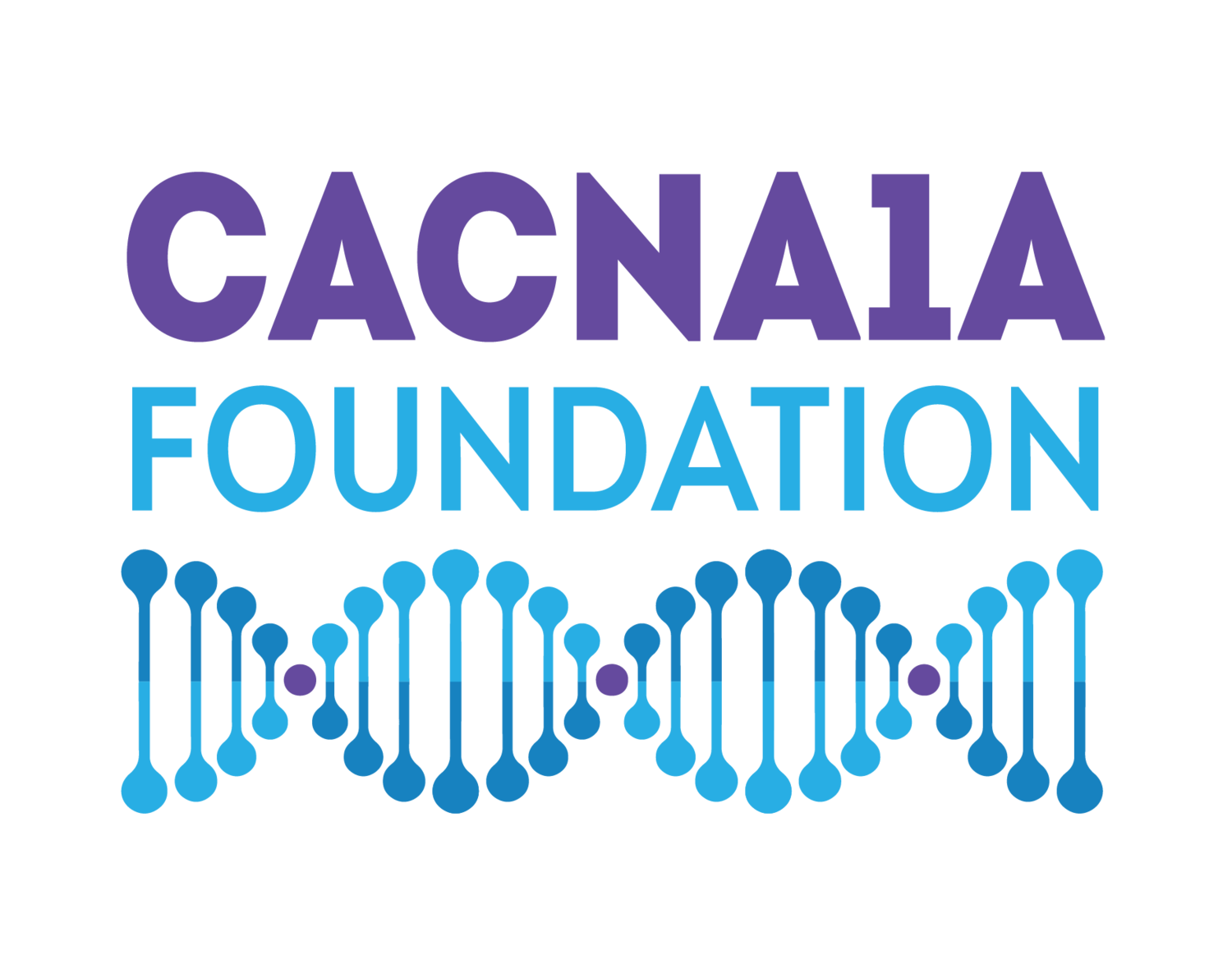The Importance of Signing Up for the CACNA1A Natural History Study
When receiving a diagnosis that a loved one has a chronic illness, the initial questions that go through one’s mind are: “How do we treat it?” and “Is there a cure?” Dealing with a rare disease adds an additional layer of uncertainty, as there is often a lack of understanding about the disorder among medical professionals. I’ll never forget the moment I received the call with the results of my daughter’s genetic testing. Hearing that she had a CACNA1A mutation initially brought a sense of closure to our 20 yearlong diagnostic journey. Yet, a follow-up discussion with our genetic counselor left me yearning for more information and devastated when I discovered that there is no cure or targeted treatments for changes to the CACNA1A gene.
The absence of treatments for CACNA1A related disorders is why the CACNA1A Foundation was founded – our mission is to support research on CACNA1A genetic variants to find new treatments and a cure. Over the last ten years, incredible progress has been made with regard to research, orphan drug development, gene therapy and precision medicine. Are any of these options feasible for CACNA1A? Hopefully!
When meeting with researchers and companies in the rare disease space, the first question we are often asked is, “How many people in the world have a CACNA1A variant?” Unfortunately, we don’t really know the answer to that question. To inform research and translational science, we need to define our patient population accurately and develop a better understanding of the disease and its progression. In other words, we need not only to discover just how many individuals have a CACNA1A variant and how it affects them, but we must also outline our unmet medical needs. Natural History Studies play a crucial role in doing this.
A natural history study follows a patient group over time and collects data to provide an in-depth understanding of a disease. A well-designed natural history study will:
Define the population.
Develop standards of care.
Support research goals.
Identify patients that may be eligible for a particular clinical trial.
Provide clinical datapoints or endpoints (something to measure, such as the number of seizures per week) for evaluating a treatment’s effectiveness.
Identify biomarkers.
Eradicate the need for a placebo arm by providing an external control group for interventional trials.
The CACNA1A Natural History Study, designed and vetted by the Chung Lab at Columbia University, will provide valuable information to doctors and scientists about CACNA1A related disorders. Individuals will be asked to fill out detailed health questionnaires and provide comprehensive medical data, including MRIs and EEGs. The study has been approved by Columbia University’s Institutional Review Board (IRB), and all information will be de-identified and safely stored. Annual updates will characterize the course of the disease over time. It is a huge endeavor but by participating and telling your story, you will directly advance research on CACNA1A related disorders and contribute to a cure!
If you have any questions, please do not hesitate to email us at info@cacna1a.org

